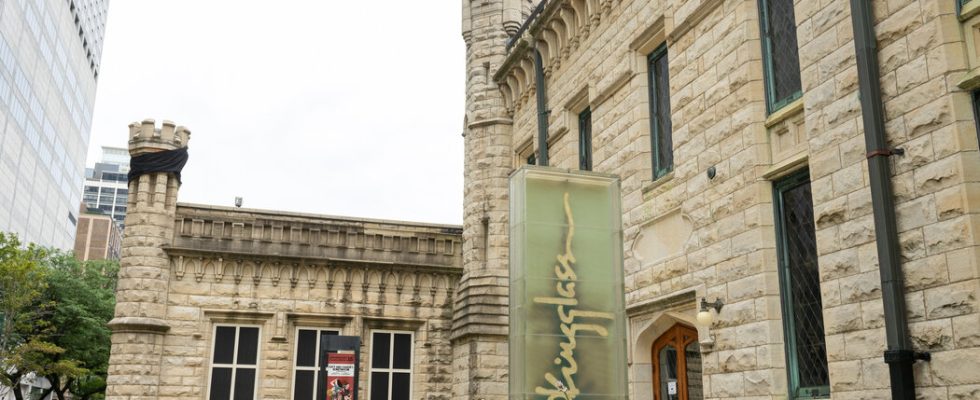How do you balance the demands of daily news reporting with bigger-picture projects?
I’m probably going to be doing fewer features about individual shows, while I focus on more of these stories about the health of the field, but I still want to write occasional pieces about artists and works of art. I think a mix of stories is what keeps a reporter sane.
Do you anticipate doing a lot of that reporting in person?
I hope so. A couple of days ago, I went to see “Evita” at American Repertory Theater outside of Boston, and over the weekend I went to see a play called “tiny father” at Barrington Stage Company in the Berkshires. On Thursday, I saw a production of “Fun Home” at the Studio Theater in Washington, D.C. I’m trying, to the extent I can, to see things outside New York. We need to pay more attention to nonprofit theaters and theaters outside New York — because there are real challenges in those places we need to be telling our readers about.
What was the most surprising thing you learned while reporting this article?
I was struck by how many theaters are now doing coproductions. It’s pretty dramatic: The Shakespeare Theater Company in D.C. had one coproduction out of six shows before the pandemic, and now at least five out of six will be coproductions this coming season. There’s also a lot of experimentation with collaboration, which is heartening. Theaters that once saw themselves either as competitors or just strangers are much more interested in finding ways to help one another.
Your article touches on a number of potential solutions. Which seem most promising?
There’s a coalition forming of theaters in Connecticut that is talking about whether the theaters might be able to share set-building functions. Those kinds of approaches might have promise. A lot of theaters are talking about the possibility of either more government assistance or for more foundations to take seriously the challenges facing this field. There’s a shared sense that box-office revenue, which has never been enough to sustain these organizations, is not going to be a primary part of the solution.
How will we see an effect on Broadway, which depends on nonprofit theaters to develop material and support artists?
The situation means less work for artists, actors, writers, directors and designers. Fewer shows are being staged, and those shows are often smaller and have shorter runs, which is a challenge both for the people who are already established in the field and the people who are seeking to enter it. There’s just less work to go around.

